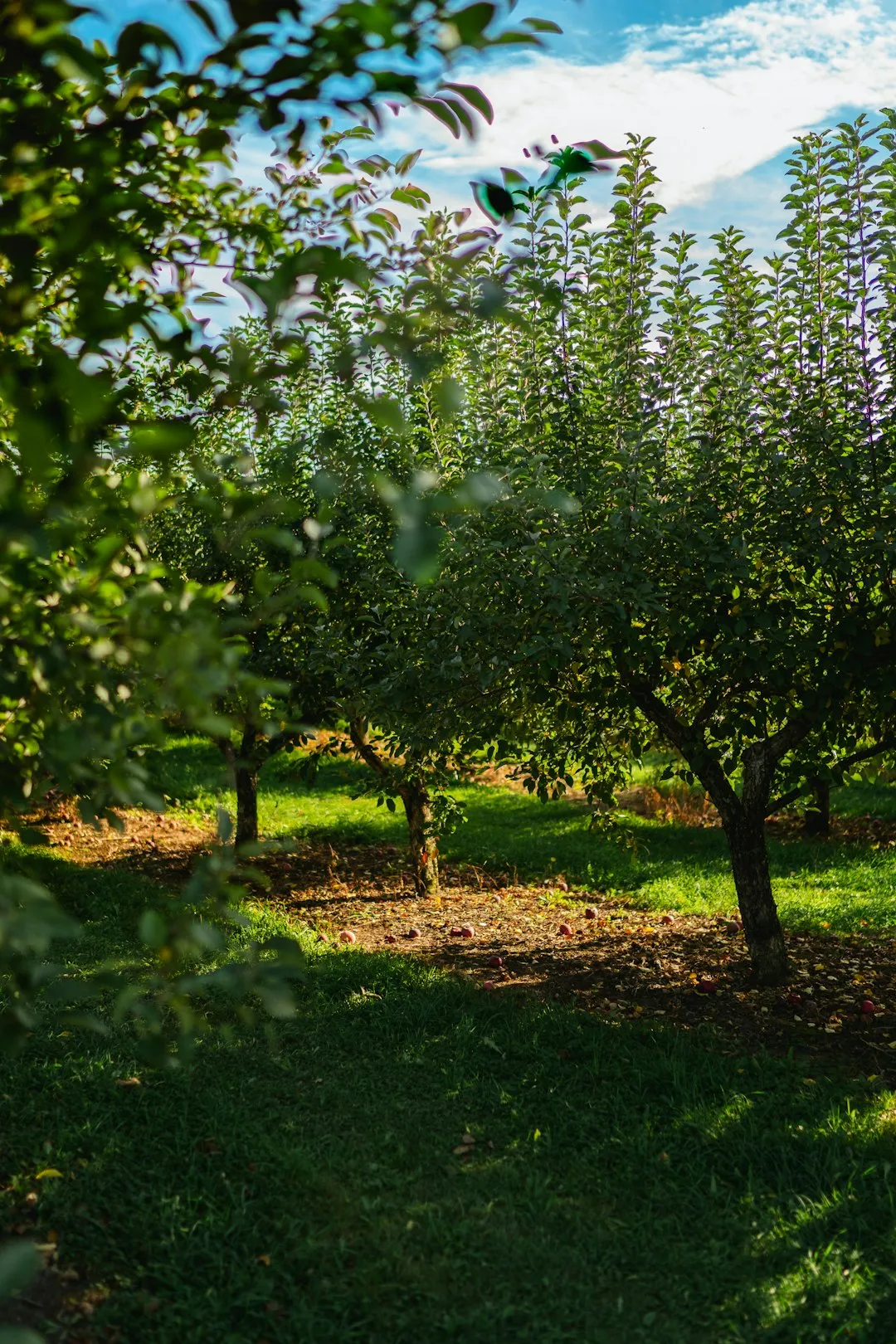The Secret to Keeping Dahlias Upright in Your Yard

Dahlias are a stunning addition to any yard garden, with their vibrant colors and intricate blooms. However, one common problem that gardeners face is dahlias falling over. This not only detracts from their beauty but can also damage the plants. Fortunately, there are several simple methods to support your dahlias and keep them standing tall.
### Staking
One of the most traditional and effective ways to support dahlias is by staking. You can use bamboo stakes, metal stakes, or wooden stakes. The key is to choose stakes that are strong enough to support the weight of the dahlia plant as it grows. Start by driving the stake into the ground near the base of the dahlia plant, being careful not to damage the roots. As the plant grows, gently tie it to the stake using soft plant ties or twine. Make sure the ties are not too tight, as this can restrict the growth of the plant. You may need to adjust the ties as the plant continues to grow.
### Caging
Another option is to use cages to support your dahlias. There are various types of cages available in the market, such as wire cages or plastic cages. Place the cage around the dahlia plant when it is still young. As the plant grows, it will naturally grow through the cage, which provides support from all sides. Cages are especially useful for larger dahlia varieties that tend to have more sprawling growth habits. They also help to keep the plant upright during heavy winds or rain.
### Group Planting
Group planting is a natural way to support dahlias. Planting dahlias in groups can provide mutual support. When planted close together, the plants can lean on each other for stability. This method is not only practical but also creates a beautiful visual effect in your garden. Choose a variety of dahlia colors and sizes to create an eye - catching display. Make sure to give each plant enough space to grow, but not too much that they can't support each other.
### Using Trellises
Trellises can also be used to support dahlias, especially if you have climbing or vining dahlia varieties. Install a trellis near the dahlia plant and train the plant to grow up the trellis. You can use plant ties to guide the stems along the trellis. Trellises not only support the plant but also add a vertical element to your garden. They can be a great way to make the most of limited garden space.
### Mulching
While mulching is not a direct support method, it can help prevent dahlias from falling over. A thick layer of mulch around the base of the dahlia plant helps to retain moisture in the soil, which is essential for healthy root growth. Strong roots are better able to anchor the plant in the ground. Use organic mulches such as shredded bark, straw, or leaves. Apply a layer of mulch about 2 - 3 inches thick around the plant, being careful not to pile it up against the stem.
### Regular Pruning
Pruning your dahlias regularly can also contribute to their stability. Remove any dead or damaged branches, as well as any weak or spindly growth. This helps to redirect the plant's energy towards stronger growth and can make the plant more compact and less likely to fall over. Pruning should be done carefully, using sharp and clean pruning shears. Make cuts at a 45 - degree angle just above a leaf node.
### Monitoring and Maintenance
Once you have implemented a support method for your dahlias, it's important to monitor the plants regularly. Check the ties, cages, or trellises to make sure they are still in good condition and providing adequate support. During heavy storms or strong winds, take extra precautions to ensure the plants are secure. If you notice any signs of the plant starting to lean or fall, make adjustments immediately.
In conclusion, preventing your dahlias from falling over is an important part of yard garden care. By using one or more of these simple methods, you can enjoy the beauty of your dahlias all season long. Whether you choose staking, caging, group planting, or a combination of these techniques, your dahlias will thank you with their upright and healthy growth.